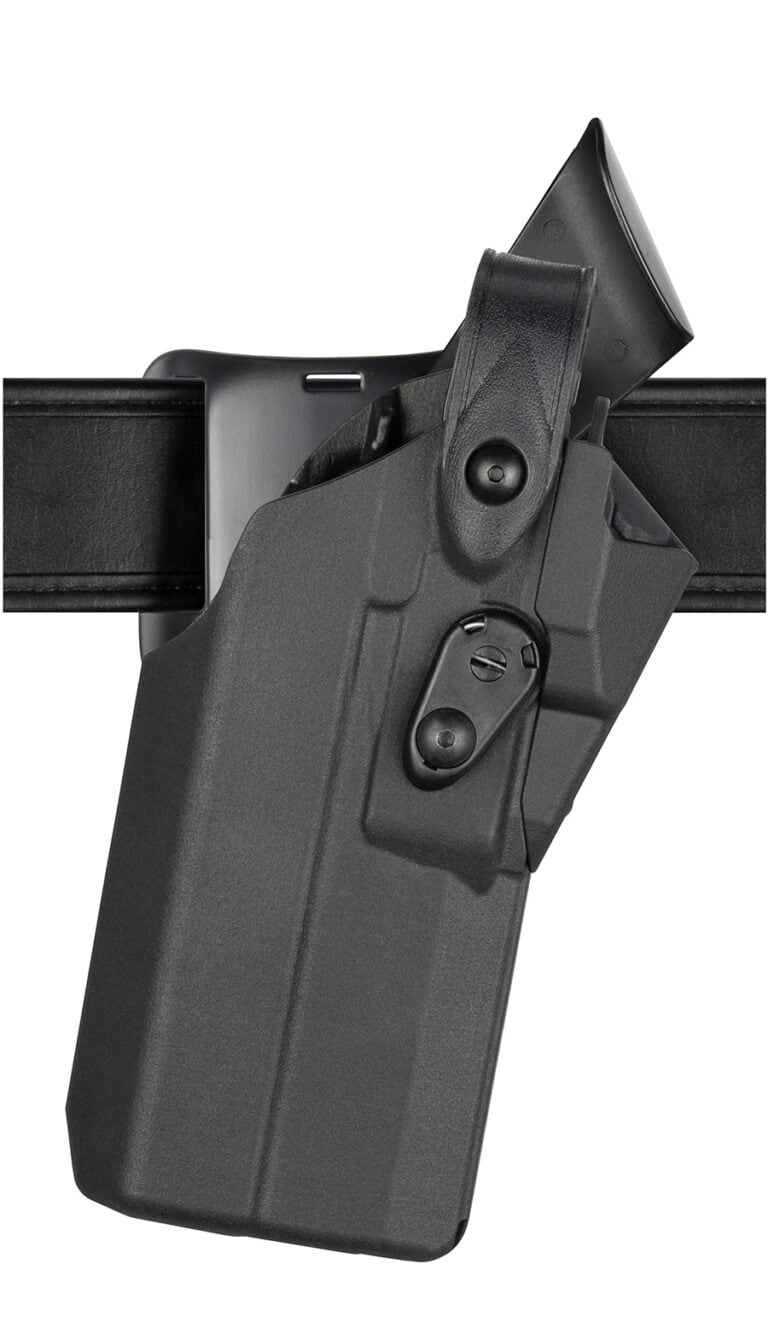SureFire XC3 Weaponlight
SureFire’s XC3 is a compact handgun weapon light engineered to redefine duty-grade performance…
SureFire’s XC3 is a compact handgun weapon light engineered to redefine duty-grade performance…
The wait is finally over—UN12 Issue 22 is now on sale and hitting newsstands…
Designed to co-witness in the lower fifth of the optic window of a…
• Built for road trips and off-road use• Manual transmission equipped• Wrapped in MultiCam Arctic…
I designed the Button Man to give shooters a low-round-count, low-light-engagement drill that involved both…
The V Exercise was created for those who would like a continuous moving-and-shooting exercise that…
The ongoing saber-rattling from both sides over Iran’s nuclear weapons research program has focused attention on potential Iranian responses to an attack. Though its options include mobilizing Hezbollah for rocket and other attacks on Israel and using its covert capabilities to mount terrorist attacks elsewhere in the world, the most effective (and feared) response would be a move to close the Strait of Hormuz. Since about 90% of Persian Gulf oil production and roughly 40% of the world’s seaborne oil trade passes through it, the economic implications of even a brief closure are obvious.
Iran has four major methods to shut down tanker traffic through Hormuz: conventional naval capabilities, unconventional naval capabilities (such as suicide speedboats), anti-ship missiles, and mines.
Its conventional naval forces are negligible, amounting to four frigates and three corvettes that all date from the era of the shah (who was deposed in 1979) and are obsolete. It also has three Kilo-class diesel submarines purchased from Russia. Needless to say, this force would represent little more than a brief gunnery and antisubmarine exercise for the U.S. Navy.
Unconventional naval forces, such as a handful of midget submarines, semi-submersible vessels, speedboats, and small missile-armed patrol boats are a slightly more significant but still minor threat. Suicide speedboats, for example, would be incapable of approaching within attack distance of an alert warship (bear in mind that the USS Cole was in a supposedly friendly harbor) and could achieve little damage against a modern double-hulled VLCC (very large crude carrier, or supertanker). The anti-ship missiles represent a greater danger, but the combination of U.S. countermeasures and quick kills of launching vehicles would quickly mitigate it.
As for anti-ship missiles, Iran also has the longer-ranged shore-based HY-2 variant of the Chinese Seersucker. (These missiles are commonly but inaccurately referred to in the media as the Silkworm, but the Seersucker is actually based on the older HY-1 Silkworm.) Many of the launchers are mobile but would doubtless be subject to intensive interdiction in the event of military action.
That leaves the real danger: naval mines. Mines are cheap, easy to employ, hard to find, and the mere threat of their presence is enough to shut down tanker traffic. The issue is not whether a ship can navigate the strait—the issue is whether the owner can get insurance on the ship. If mines were thought to be present, neither Lloyd’s nor any other insurer would write coverage on tankers, and traffic would stop.
Unfortunately, the U.S. Navy recently retired its Osprey-class minesweepers. Its intent was to replace them with the Airborne Mine Countermeasure (AMCM) system mounted on the MH-60S Seahawk, but the AMCM isn’t yet ready for action.
In the interim, the Navy has been purchasing the German-built SeaFox, an unmanned underwater vehicle (UUV). The SeaFox can be deployed from either a surface vessel or a helicopter, to which it is tethered by a fiber optic cable that transmits optical imaging and carries operator commands. The UUV also has homing sonar to identify and locate suspicious objects. Once a mine is identified, the SeaFox operator can detonate a shaped-charge warhead to destroy it. A modified version, the SeaFox COBRA, is effective against floating mines (which are rather old-school, but the Iranians have plenty of them).
So yes, the SeaFox is basically an expendable device—it’s only 1.31 meters long and 43 kg in weight. But it offers an effective means of clearing mines from shipping lanes—including the Strait of Hormuz—should the Iranians decide to prove troublesome.
Guns & Tactics is an online media outlet that focuses on the firearms community, not just firearms and gear but also quality training, technical break downs and enlightening presentations.

This weeks Deal of the Week comes from our friends at Rainier Arms and a fantastic price on their new Ear and Eye Protection.

Safariland 7TS™ series holsters specifically designed to fit and protect handguns with red dot optics are now available to order.
[dcs_img_right framed=”black” w=”225″ h=”77″] http://gunsandtactics.wpengine.com/wp-content/uploads/2012/02/safeboats.jpg [/dcs_img_right] If you’re in the maritime security industry, you understand the need for bad ass assault craft that comes loaded with functionality, capability,…
![YETI on Prime Early Access Sale [2022]](https://un12magazine.com/wp-content/uploads/2022/10/Amazon-Prime-Early-Access-Sale.jpg)
If you’re in the market for a YETI product then you will want to hurry. YETI Prime Early Access Sale prices are fantastic.
[dcs_img_center framed=”black” w=”600″ h=”399″] http://gunsandtactics.wpengine.com/wp-content/uploads/2014/05/inteliscope-1-600-399.jpg [/dcs_img_center] [dcs_post_top] [dcs_fancy_header bgcolor=”#ffffff” color=”#000000″ fweight=”bold”]In this produce showcase review, Steve Coulston takes aim with his Galaxy S4 and the inteliSCOPE PRO.[/dcs_fancy_header] [dcs_thinspliter…
Experienced Sniper and Novice Strike a Moving Target with a Guided Bullet. Once upon a time, hitting a moving target took practice and luck. Remember lining up your…
© 2025 UN12 Magazine
© 2025 UN12 Magazine
Wait! Don’t forget to